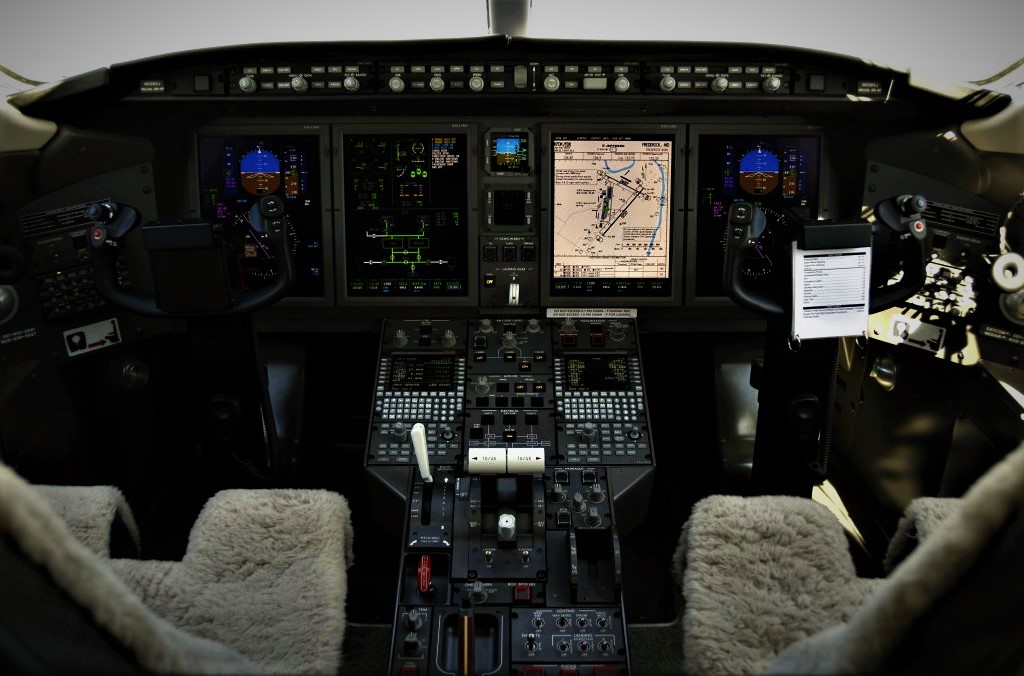


According to the Preliminary report of the National Transportation Safety Board, Dana Hyde died after the aircraft experienced a force equal to four times the pull of gravity.
On that day ,using a Bombardier Challenger 300 aircraft, the two cockpit crew and three passengers were traveling from Keene, New Hampshire, to Leesburg, Virginia, before diverting to the Bradley International Airport in Connecticut.
Dana Hyde was one of the passengers, and It was originally believed that her death was related to the severe injuries owing to the turbulence from the weather, but Investigators said Friday that the passenger on a business jet was fatally injured in early March when the aircraft violently bucked up and down after pilots disconnected a system used to stabilize the plane.
So, the National Transportation Safety Board , that was working on the angle of the pitch trim system involvement for the case , said the pilots were responding to several warnings in the cockpit of the Bombardier jet that diverted to a Connecticut airport on March 3. They followed a checklist and turned off a switch that "trims" or adjusts the stabilizer, a control panel on the plane's tail.
The aircraft turned nose-up at several times the force of gravity, then pointed lower before again turning upward before pilots could regain control, the report read.
“As soon as the switch position was moved, the airplane abruptly pitched up,” the preliminary report said. One of the pilots “immediately with both hands regained control of the airplane in what he estimated to be a few seconds after the airplane’s pitch oscillated up and down.”
To sum up, the aircraft pitched up and down like a roller coaster several times, where the force of gravity patterns were abrupt as well , first 3.8Gs up, then 2.3Gs downward, followed by 4.2Gs upward.
In the process of investigation, Pilots told that they did not encounter turbulence, as the NTSB had said in a preliminary assessment the day after the crash.
“The flight crew reported that they did not experience any remarkable turbulence during the flight, nor during the time immediately surrounding the in-flight upset event,” the report said.
Dana Hyde, 55, of Cabin John, Maryland, was brought to a hospital where she died from blunt-force injuries. She had served in government positions during the Clinton and Obama administrations and was counsel for the 9/11 Commission.
However, It's yet to be revealed , if Hyde was belted in her seat or up and about, in the cabin, of the jet owned by Conexon, based in Kansas City, Missouri.
NTSB report further mentioned,
Following the violent movements, another passenger reported Hyde’s injuries to the pilots. One of the pilots left the cockpit “to provide medical attention for a short period of time.”
“He subsequently informed the PIC [pilot in charge] that there was a medical emergency and that they needed to land,” the report said.
Dana's husband and his son, who were other occupants of the flight , along with the pilot and co-pilot, were not injured in the incident, the report said.
The report also said that the pilots aborted their initial takeoff because no one removed a plastic cover from one of the pitot tubes that determine airspeed, and they took off with a rudder limiter fault alert on.
Another warning indicated autopilot stabilizer trim failure. The plane abruptly pitched upward as the pilots moved the stabilizer trim switch from primary to off while working through procedures on a checklist, the report said.
The plane violently oscillated up and down and the "stick pusher" activated, the report said, meaning the onboard computer thought the plane was in danger of an aerodynamic stall.
About the Pilots , the report said — The flight crew was comprised of two experienced pilots with 5,000 and 8,000 hours of flying time, and held ratings needed to fly for an airline. But both were relatively new to this model aircraft, earning their ratings last October.
It's worth noting , the FAA had already issued a directive about Bombardier Challenger 300 jets last year after multiple instances in which the horizontal stabilizer on the aircrafts caused the nose of the plane to turn down after the pilot tried to make the aircraft climb.
